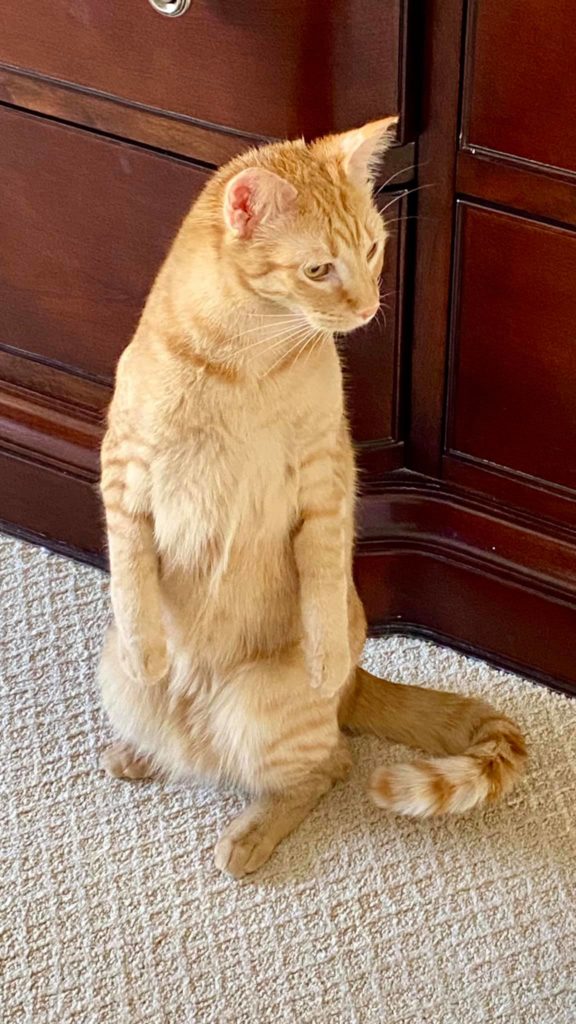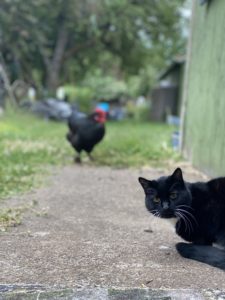Writing memoir takes skill and introspection. And lies, lots of true lies.
Writing Tip for Today: Memoir is supposed to be true. Tips on staying true but using lies to tell your story:
Truth in Detail
My students are often aghast when I say they’ll probably need to lie a little to tell their memoir’s story. But there are lies and then there are LIES. Which type helps your writing and which will sink it?
Let’s say your story contains scenes or anecdotes about your grandma. OK. But you say you have two grandmas? Or Grandma was really your step-grandma? How can you keep these folks straight for the reader? Your decision should be based upon whether these grandmas are so important to the story that you must differentiate them.
If you write mostly about one grandma, but your other grandma pops up a bit too, I think it’s OK to bring a composite character to your readers. This kind of lie only works if it makes no difference to the story which grandma does what. The important truth is that your grandma played an important part in your story. Because it is your story, not the grandmas.
Dialogue Dos & Don’ts
What about dialogue in a memoir? Yikes, can anyone actually remember every word ever spoken by a character in your story? Probably not. But effective memoir needs dialogue to bring it to life. What to do?
As you write, you’ll be using a lot of fictional techniques: scenes, sequels, action, dialogue. Try to write dialogue as close to the speaker’s intent as possible. Keep in mind that readers must be shown a goal, a conflict and a resolution of sorts in every scene. Add dialogue as best you remember, but at every spoken word the story and scene must be served.
Serving the scene means you will only write dialogue that directly moves the story. While it’s great to write dialogue that reflects the character, do so sparingly. Don’t allow your characters to natter—it confuses and alienates readers when there is no point to the conversation.

Write dialogue that moves the story.
Lies Can be True
Memoirists often worry that others will challenge the written account of events. While you cannot make up major stuff, remember that a memoir is your story, the way you remember it. Readers will look for a universal truth in your work. People who know you may be sticklers for what they consider the true events. How can you be sure your work is true?
Start with basics: If you write that you were present at a well-known event, you need to have actually been there. Don’t write that you were raised by wolves if you’ve never met a wolf. You can’t make up stuff like how your family beat you and kept you locked in the attic if it never happened.
What is permissible, in my view, is creating images for readers that may not be factual but don’t matter to the story or to the reader. That composite grandma is OK as long as you have a grandma. The plastic toy your toddler melted in the oven is stronger if you present an easily imagined image rather than taking readers into a convoluted description. At the heart of a good memoir, readers should discover some sort of universal truth (love, belonging, acceptance, etc.) that renders non-factual details (such as which grandma was which) insignificant. Your truth with a capital T will outshine any little fibs for clarity you told along the way.





